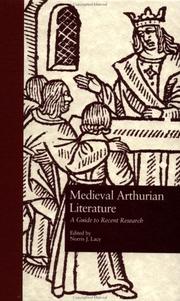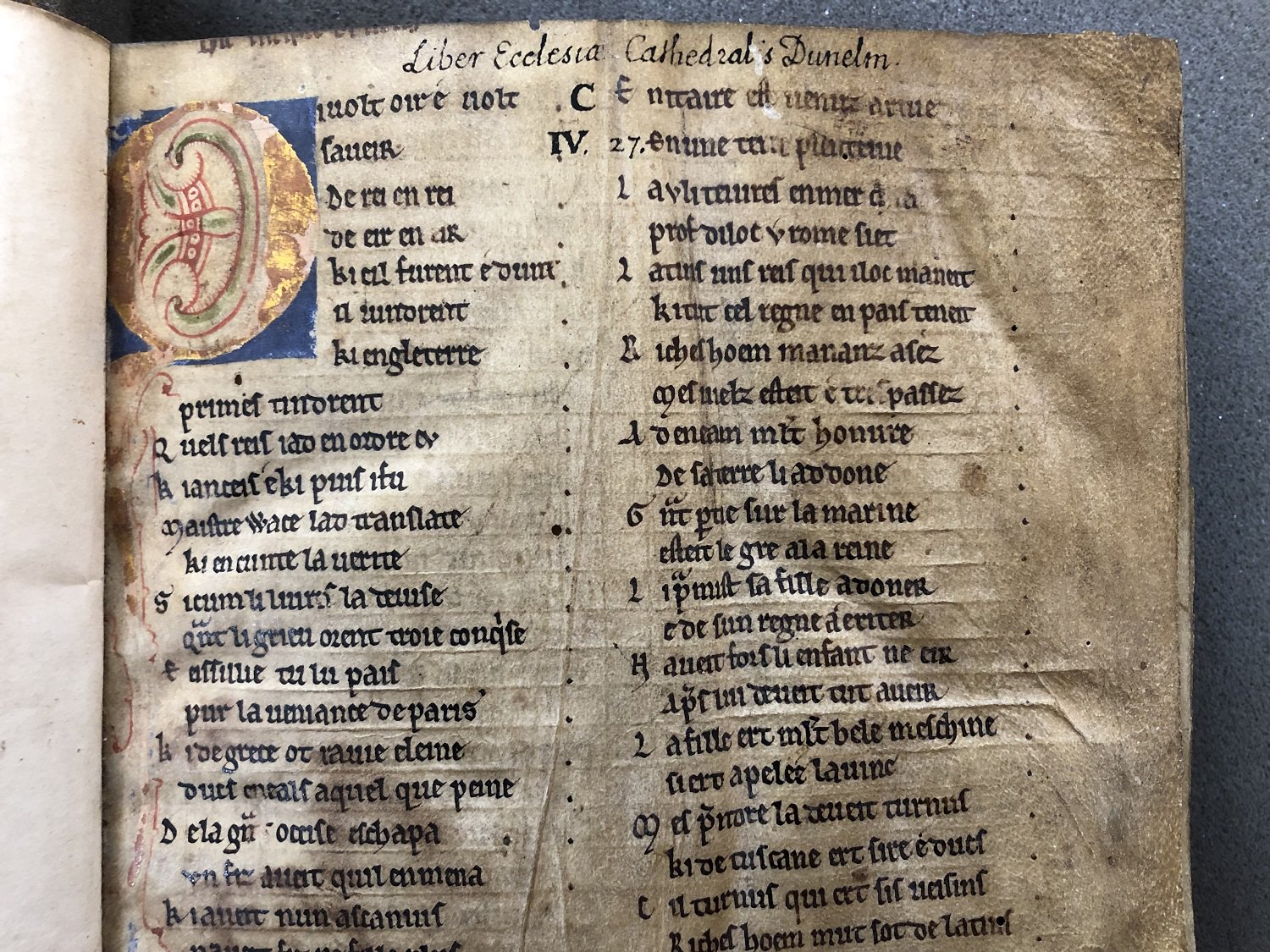

It was Tennyson’s poetically potent refashioning of the king’s authority as essentially moral that reestablished Arthurian writing in Britain and America. The renaissance spirit severely limited interest in the medieval monarch, and in Britain he had the added disadvantage of being inherently Catholic: Jonson, Milton, Dryden, and Pope all turned away from thoughts of an Arthurian epic, and the late-18th-century rise of medievalism did not awaken Arthur in any major way. 1470, printed by Caxton in 1485 as Le Morte Darthur. In both epic and romance form, the Arthur myth spread rapidly across Europe, and into English by 1200, but the real development in England was later and mostly popular, with two masterpieces, the late-14th-century romance Sir Gawain and the Green Knight and Malory’s prose epic of c. 1136 the late-12th-century single-hero romances of Chrétien de Troyes and the massive early-13th-century French prose Vulgate Cycle, which fits many chivalric adventures, including the Holy Grail, into the overarching Arthurian story. The central texts of the emerging myth were Geoffrey of Monmouth’s Arthur saga, from strange conception to mysterious disappearance, part of his Latin History of the Kings of Britain c. The high medieval French monarch gloriously leads but cannot control great knights who represent the barons of France Tennyson’s Arthur sets male morality against a tide of sensually driven disloyalty Marion Zimmer Bradley’s Arthur faces modern-seeming forces of politics, religion, and gender. Each period has reinterpreted Arthurian splendor and danger in its own terms. The myth’s double power not only celebrates royal rule and civilized grandeur, but also asserts their inherent fragility. Starting in pre-conquest Britain, the story of a warrior leader who claimed his rightful throne, ruled in glory, and ended in tragic mystery claimed the interest of Europe and eventually the world.


The myth of King Arthur has attracted writers and commentators for at least a thousand years.


 0 kommentar(er)
0 kommentar(er)
